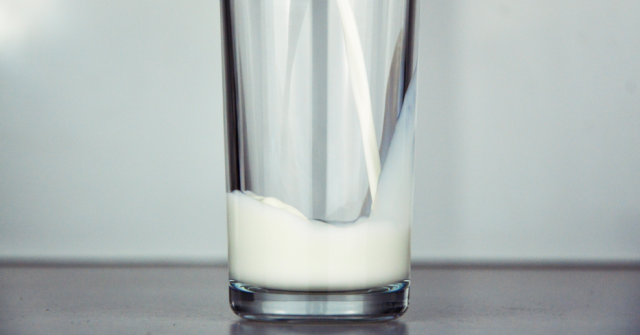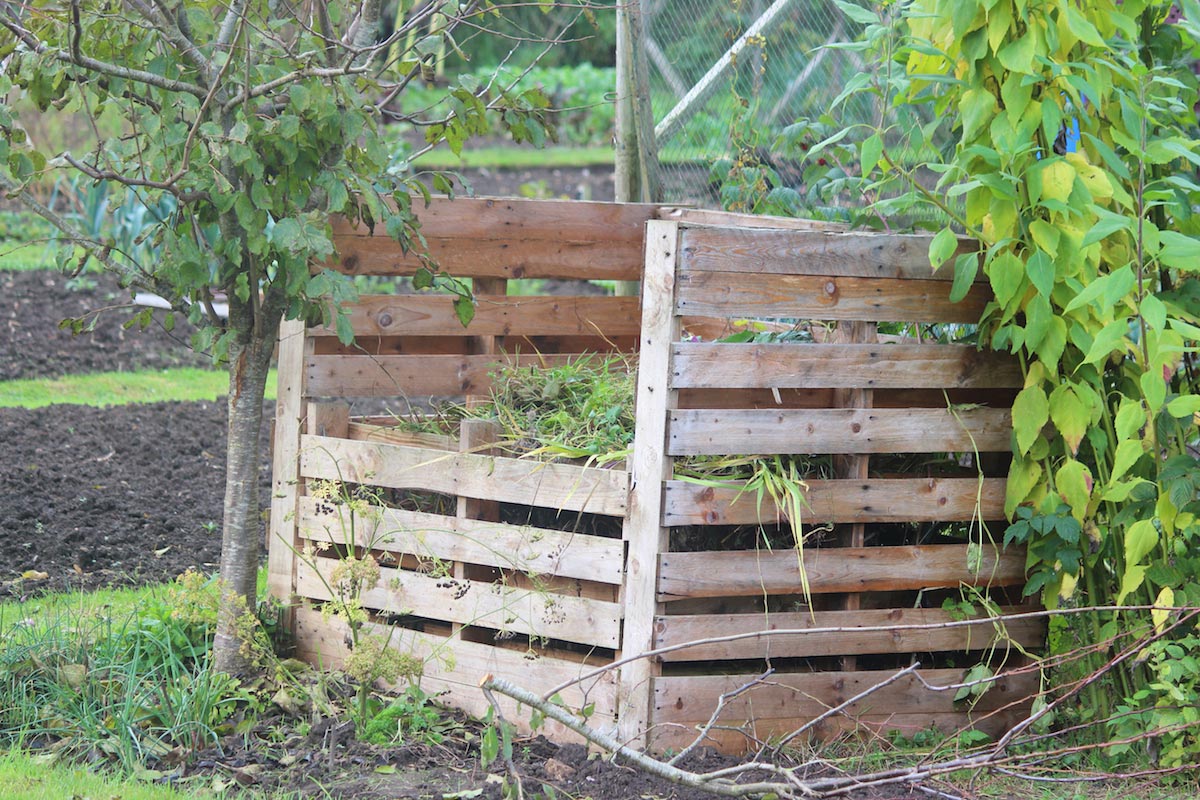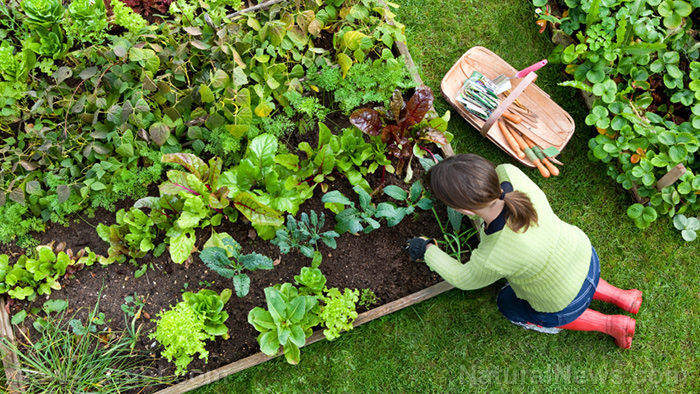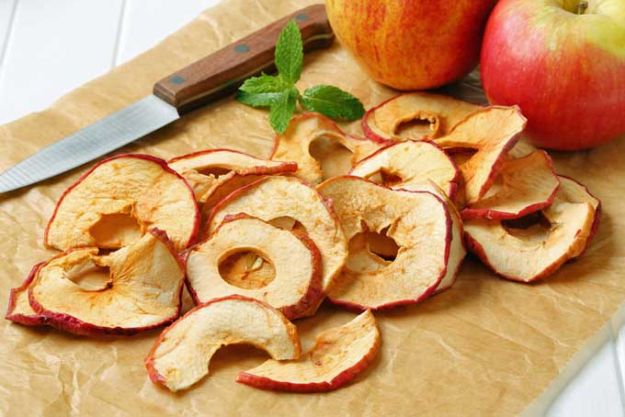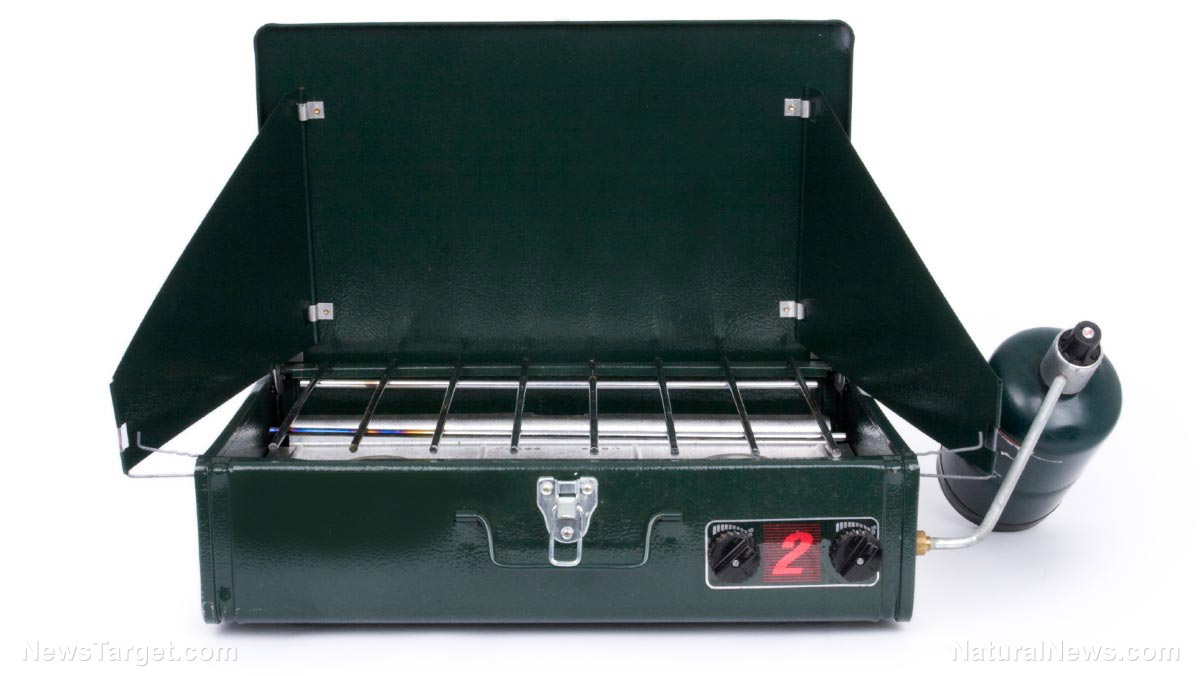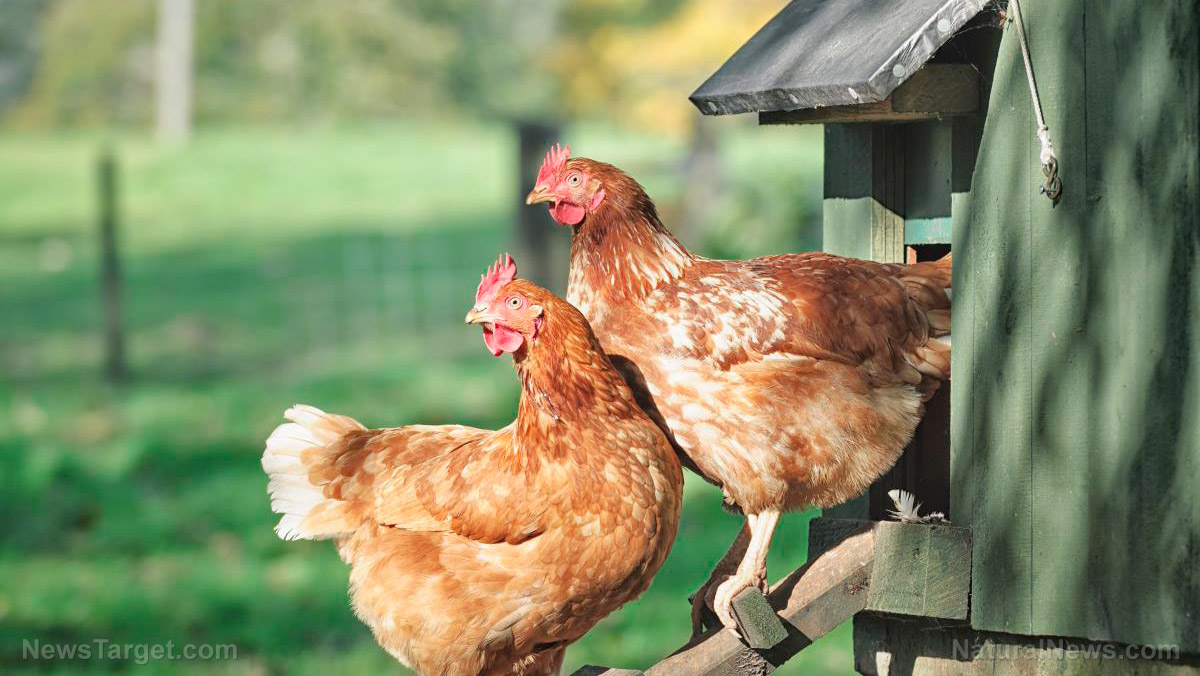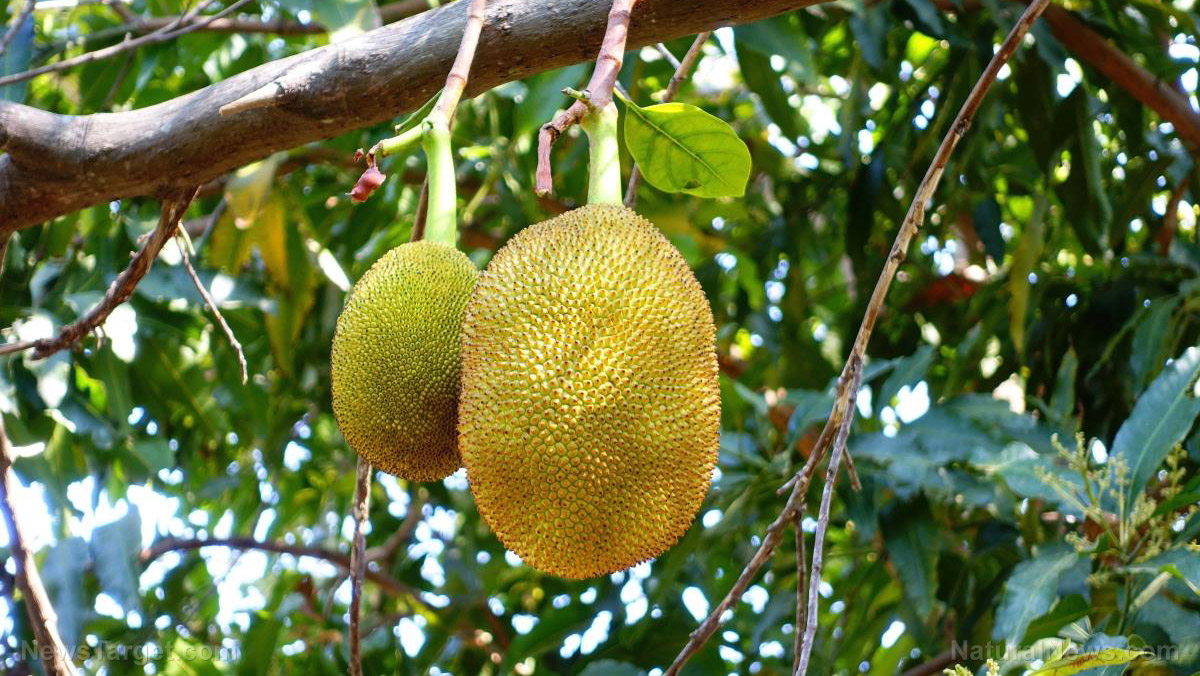Botulism can kill you — are you sure your preserved foods are safe? 8 signs they aren’t
01/22/2018 / By Zoey Sky
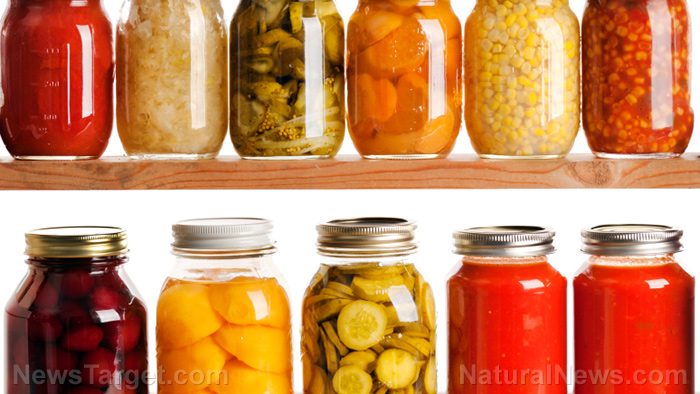
Knowing how to preserve food is an important skill for a prepper, but you also need to read up on food safety if you’re interested in learning about food preservation. If you make a mistake during the canning and preserving process, anyone who eats the food you preserved can get sick and they might even die. Keep reading for the eight signs that can help you identify preserved food that has already gone bad. (h/t to BioPrepper.com.)
- The lid is bulging — If you notice a can with a bulging lid, it’s one sure sign that the food in it is already spoiled. This could have been caused by an error you made when you were processing it, and the food might not have been hot enough to kill all the bacteria in it before it was sealed.
- It looks and smells weird — Preserved food that has gone bad will look cloudy or slimy or it might smell weird. Simply boiling food doesn’t always kill all the bacteria in it, and bacteria can sometimes survive without air. Clostridium botulinum is a deadly bacteria that can survive in boiling water. Always pressure-can low acid veggies and meat to kill the bad bugs. (Related: Mother of three contracts BOTULISM from disgusting gas station nacho cheese.)
- Pressure is released when the can is opened — While you can hear a little sound of depressurizing once the seal of canned food is broken, be wary if you hear something that sounds like more than just a pop. Gas buildup inside the jar is a sign that there are anaerobic bacteria in it, which is the same thing that causes the lid to bulge. If you notice bubbles in the jar before you open it, this means the food has bacteria in it.
- The lid can be pushed in and it pops back up again — This means your jar wasn’t sealed properly.
- Mold on the lid — Throw away any food inside jars with “black, blue, gray, white, or green mold” on it. Food in moldy jars may sometimes smell strange.
- Foam on top of the food — Don’t eat preserved food if you see foam in it. This means that anaerobic bacteria, like the kind that causes botulism, is in the food. To prevent this when preserving meats and low-acid foods like green beans, beets, and corn, pressure-can them.
- The container is damaged — Throw away any jar or can of food that looks “cracked, damaged, bulging or misshapen or the seal is damaged.” Once several years have passed, the lid of home-canned food or even the entire container of store-bought food can rust or erode. Damage like this often allows bacteria in. The same applies to canned goods. These cost less because you can’t really tell if the food is still safe to eat.
- Food or juice leaks down the can — This mostly applies to store-bought canned goods. If you have home-canned goods, there will be other visible signs of food spoilage like broken seals.
What is botulism?
The botulinum toxin attacks your central nervous system. It can cause “difficulty swallowing or speaking, facial weakness on one or both sides, dry mouth, drooping eyelids, trouble breathing, muscle weakness, blurred vision, fatigue, vomiting, paralysis and even death.”
Other preservation methods
Aside from canning or bottling, you can try these other methods of preserving food:
- Cold storage — Cold storage is the best way to preserve fruits and vegetables until winter. However, this method requires low temperatures (two to six degrees Celsius, or 36 to 43 degrees Fahrenheit) and high humidity (80 to 90 percent), similar to conditions in a refrigerator. This method is best for those who live in the coldest regions.
- Freezing — This method slows down “the chemical reactions of spoilage-causing enzymes.” Freezing barely affects flavor, color, texture and nutritional value if the food is properly prepared.
You can read more articles about other toxins and how to avoid them at Toxins.news.
Sources include:
Tagged Under: botulism, clostridium botulinum, food safety, preparedness, Preppers, prepping, preserved food, self sufficiency, storable food, Storage, survival

